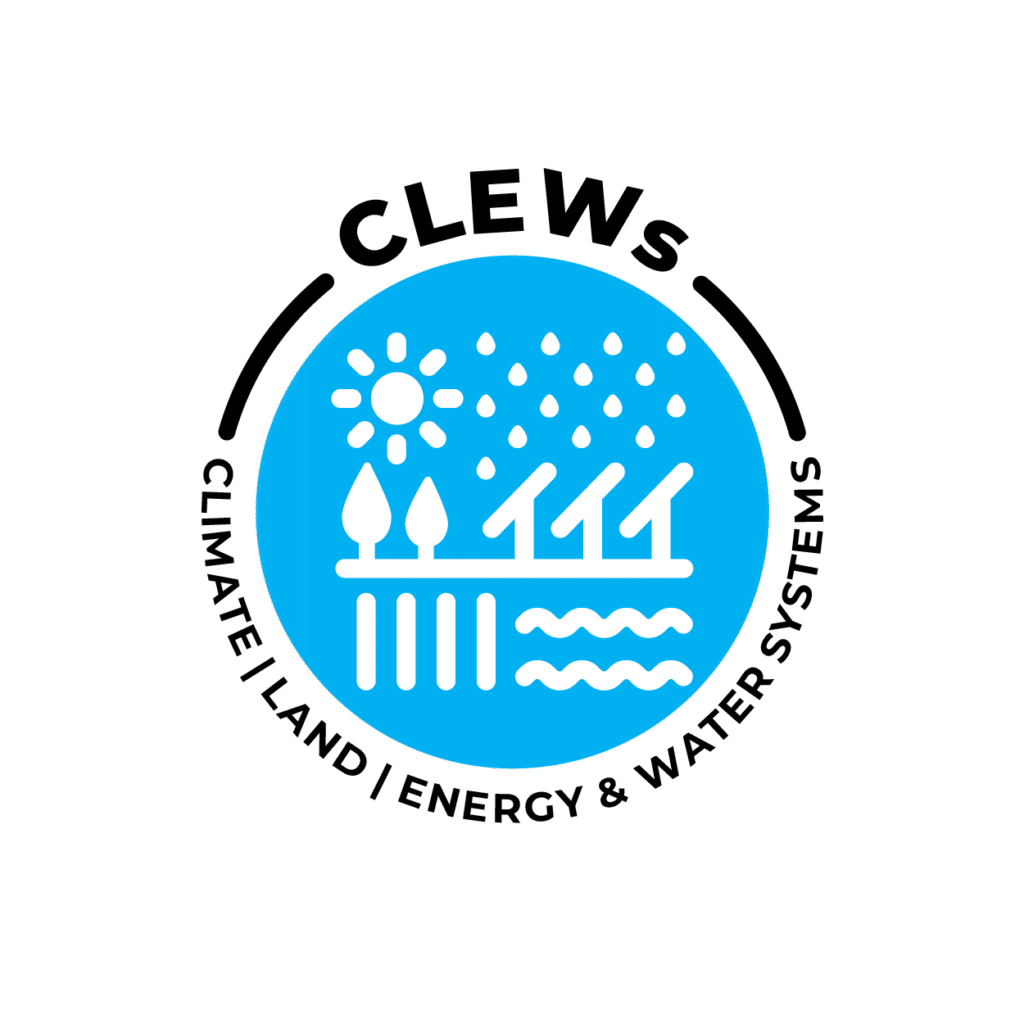The CLEWs (Climate, Land, Energy, Water Systems) community convened virtually on 24 October 2025, bringing together researchers, practitioners, and institutions from around the globe for nearly three hours of productive discussion and collaboration.
With invitations extended to 45 participants, the meeting showcased the significant expansion of the CLEWs network. Francesco Gardumi opened the session by emphasizing the community’s core goals: sharing research, identifying synergies, and fostering collaborative development of both teaching materials and methodology.
The community has made substantial strides since the steering committee was last convened in 2024. A comprehensive mapping of model governance of CCG’s tool ecosystem has been developed, as well as the launch of a new GitHub-based webpage. A literature review by Alexander et al. (2025) revealed the impressive growth in the adoption of the CLEWs framework, identifying papers from 2020 to 2024. This key study highlights the framework’s expanding influence in integrated resource planning and sustainable development research. The DIAMOND project is also expected to wrap up in the near future, whereby a CLEWs-EU model has been developed, and initial documentation is now available. There will be a presentation on their achievements as part of the next annual meeting.
In terms of methodological advancements, several exciting technical developments are underway. KTH is pioneering hydrological integration with CLEWs, exploring soft-linking with specialized water models. CLEWs++ is a newly developed initiative at CCG to enhance the scope of the framework, and the Mosaic Initiative is enhancing OSeMOSYS power system functionality. At the same time, multiple teams are collaborating on time resolution improvements, which are critical for better modeling across different temporal scales; this includes Simon Fraser University in Vancouver, Canada, which is also working on improving and developing new workflows.
The training and education front showed remarkable progress. The Open University’s “Introduction to CLEWs” course has attracted over 500 enrolments since launch, with a newly updated version to match the latest user interface. The Energy Modelling Community (EMC) continues to expand, with new proficiency badges being developed to recognize skill levels and identify qualified trainers. A new “FlatPack” resource is being developed to support academics incorporating CLEWs into their curricula, providing everything from timetables to assessments. UNDESA’s comprehensive teaching materials website offers resources organized by topic and skill level, though the community identified opportunities to expand content on advanced techniques and sector-specific guidance.
Further to this, Nour Elislam Djedaa, who is based at the Centre of Research in Applied Economics for Development (CRAED) in Algeria, shared compelling research applying CLEWs methodology in Algeria, examining renewable energy integration and water-energy nexus challenges. The work highlighted both the significant potential for solar and wind energy in the region and the practical challenges of data availability and stakeholder engagement that many practitioners face.
The meeting concluded with recognition that the growing community may benefit from forming specialized subgroups that meet throughout the year, allowing for focused work on specific areas like starter data kits, OSeMOSYS improvements, training materials, and hydrological integration. Multiple bilateral collaborations were initiated, particularly around code development and time resolution enhancements.
With workshops planned across Africa, Asia, and Latin America, and continued expansion of training resources, the CLEWs community is positioned to support integrated resource planning and sustainable development analysis worldwide.

